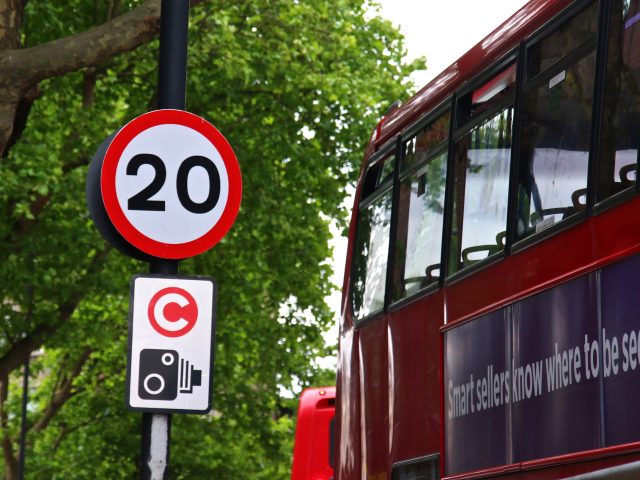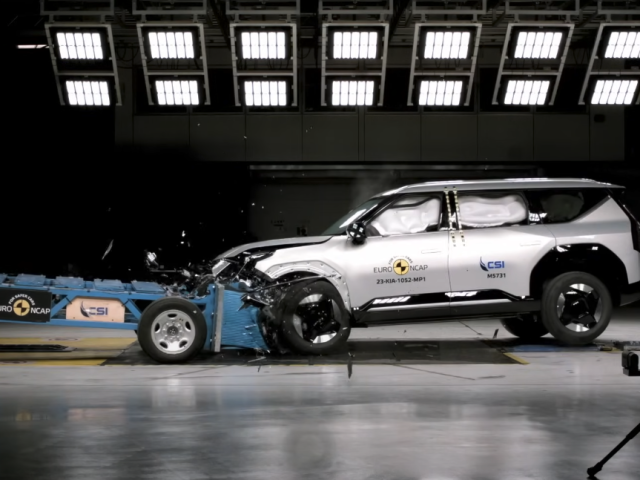10,000 killed on rural roads in the EU in 2022
National governments will need to invest significantly to improve the safety of rural roads in order to hit a collective EU target to cut road deaths by half by 2030, according to a new report published today by the European Transport Safety Council (ETSC). The report shows that around 10,000 people died on rural, non-motorway roads in the EU in 2022 – accounting for around half of all road deaths.
Rural roads can be dangerous, compared to other road types. They often lack central and side barriers and allow for large speed and weight differences between the vehicles that use them, from lorries to vulnerable cyclists as well as pedestrians. Single-vehicle crashes, where a fatigued driver misjudges a turn and runs off the road, are common. Head-on collisions frequently occur, and are often lethal.
The report highlights the considerable challenge facing EU Member States in the coming years now that the scope of EU rules on road infrastructure safety management (RISM) have been extended to cover a much larger proportion of national road networks than previously. While EU safety rules have applied on the main roads and motorways that form the EU’s Trans-European Network for several years, new rules agreed in 2019 extend the coverage to national ‘primary’ roads and any roads that benefited from EU-funds.
Installation of side and central barriers, removing roadside obstacles and construction of separated paths for cyclists and pavements for pedestrians are among the recommendations for safer rural roads mentioned in the report. Although often seen as an urban road safety issue, around half of cyclist deaths occur on rural roads with cyclists mixing with much heavier and faster moving traffic. E-bikes are boosting rates of cycling in rural areas, often among older leisure riders – a factor that local and national authorities should take into account when planning investments.
The report contains many examples of remarkable interventions that are saving lives across Europe. France, Spain and the Belgian region of Flanders have reduced the speed limits across their entire rural road networks. Sweden has invested heavily in ‘2+1’ roads, which introduce a central barrier and a safety-first design. In Scotland, experiments with special road markings for motorcyclists to guide them through sharp turns, have achieved impressive results. In the West Pomerania region of Poland, 800 km of high-quality rural cycle routes were built in five years.
Speed remains a major risk factor, with large numbers of drivers still driving above the posted limit on rural roads in many countries despite the availability and proven reliability of automated enforcement technology such as speed cameras and time-over-distance, or ‘average speed’ cameras. The authors note that the safest countries of those studied usually have lower standard rural road speed limits, set at 70 or 80 km/h.
ETSC also wants to see the EU’s mandatory automated ‘eCall’ emergency call system, which is required on all new cars, extended to other vehicle types – notably motorcycles. In rural areas, an incapacitated driver or rider who cannot call for help, could have their life saved by an eCall system which can send location information directly to emergency services.
Jenny Carson, co-author of the new report commented:
“Rural roads can and are being made safer with interventions that do not need to be costly. Road safety audits, analysis and subsequent treatment of high-risk sites, setting and enforcing appropriate speed limits, creating separated paths for cyclists and walkers, removing obstacles at the roadside; these are a few examples of what can and should be done. With increasing focus on urban road safety, it is critically important that policymakers don’t forget rural roads where half of road deaths occur.”
Download the report from:
www.etsc.eu/pinflash46








